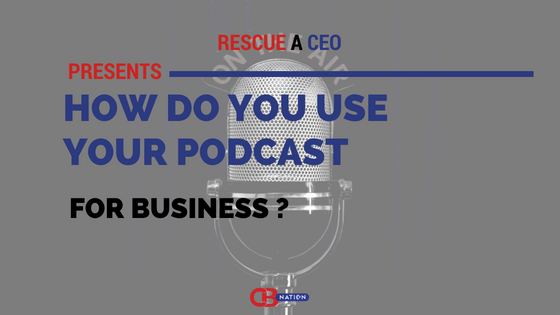Since 2017, the #MeToo era has undoubtedly given a stronger voice to survivors of sexual assault. Now, both women and men are feeling empowered to voice their concerns about sexual harassment in the workplace. As a result, organizations of all sizes, and in all industries, have felt the impact of this powerful movement.
However, with that being said, there is still plenty of room for improvement. Workplace misconduct such as abusive behaviors, harassment, and discrimination still persist despite the growing awareness of these harmful actions. Furthermore, while #MeToo has given a voice to many all across the globe, a recent study explains that very few people who experience sexual harassment at work go on to report it. A startling 99.8 percent of workers never file a sexual harassment charge. Still, reports of harassment have risen nearly 18 percent since the movement began two years ago.
This dichotomy sheds light on a story employers need to pay attention to. Reports of harassment are on the rise, but organizations may not be doing enough to identify and manage this risk properly. Some employers may even be dreading the next harassment complaint report because they know their internal “system” for handling it is inadequate.
So, how can employers create a safe and positive workplace culture for all of their employees while also improving their internal system of complaints?
Understanding the Impact
In response to the #MeToo movement, some employers have taken misguided steps in an effort to reduce workplace harassment. As some law experts say, the impact of the #MeToo movement has led to increased reports of male managers less willing to hire “attractive” women for fear of accusations. They go on to further explain how, “…the concern about the potential for allegations has led to a chilling effect in certain relationships. Certainly, some individuals are concerned about the potential of being charged with sexual assault or harassment just because someone else indicated they did.”
Some male employers are also claiming to be more reluctant to mentor, socialize with, and even conduct one-on-one meetings with female colleagues. Not only does this lead to discrimination against women in the workplace, but it also puts ownership of harassment on the victims.
Using the Right Tools
According to both the U.S Equal Employment Opportunity Commission and the Harvard Business Review, one of the most effective solutions to misconduct in the workplace (as well as reducing future cases) is handling harassment claims as a managerial responsibility.
If organizations had more managers handling employees’ complaints, it’s possible to save victims time and money, as well as avoiding difficult legal battles. It would also be an effective way to hold more abusers accountable, making for a safer, more comfortable, and respectful working environment. Of course, this also means giving managers more training regularly in order to properly handle these kinds of situations, beyond the typical annual seminar.
Another important tool organizations need to be utilizing is having a well-structured code of conduct in your workplace. Moreover, your code of conduct needs to be specific and precise to give employees the right avenues for not only reporting harassment at work but also how your company will handle any and all cases.
Furthermore, an effective code of conduct, as Inc. reports, serves as a reflection of you and your company. “Your company's mission and values shape its culture and help others understand its purpose and vision for the future … Adding respect to the mix of values will ensure that your employees know what's important to the organization and that they should speak up when they witness a violation.” Waiting until there is a problem or misunderstanding will only lead to confusion, stress, and possibly a mishandling of incidents so it’s worth spending time on the details.
Company Culture Matters
Developing a strong company culture is another way employers can build trust and confidence within their company. In order to protect your employees, creating an atmosphere where they feel valued and appreciated can lead to more employees feeling safe if there ever comes a time to speak out against any misconduct. Despite the #MeToo movement’s accomplishments, reports still say that only 25 percent of women feel comfortable enough to report misconduct (without fear of retaliation).
As Ohio University explains, innovation is key when it comes to creating a company culture people can thrive in. While perks like extra vacation time or company paid for lunches are nice, company culture also needs to show employees that you believe in them and that your organization is actively working to improve their lives — not the opposite. When employees feel that their employees are genuine in their support, the less fear they’ll have to report their experiences of sexual harassment.
The #MeToo era has certainly put a spotlight on the experiences many victims go through, both inside and outside of the workplace. Creating a positive and secure workplace can help contribute to the change this country and many others seek. With the right tools and policies in place, organizations of all sizes can ensure they’re taking care of their employees in all the right ways.
Guest post courtesy of Beau Peters
















































 |
|